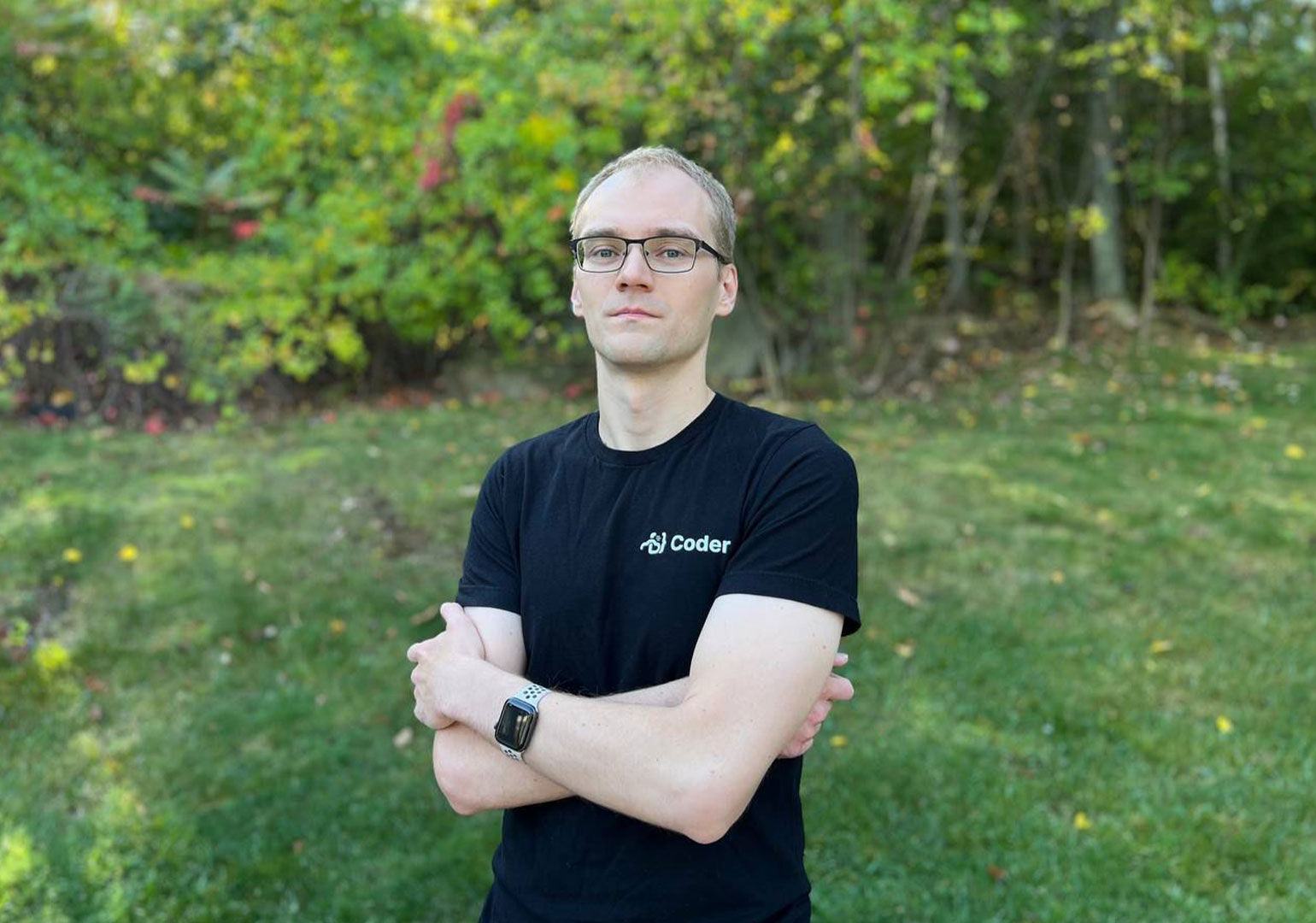Public concern about social media has surged in recent years. Misinformation, fake news and black-box algorithms have eroded trust. It shows in the numbers: Ipsos’ Global Trustworthiness Monitor finds social media near the bottom of the rankings—fewer than one in four people worldwide (22%) see the sector as trustworthy.
A core driver of that crisis is corporate control over user data and monetization. Content can disappear with a single platform decision, and earnings depend on ad models and algorithms that serve the company, not the creators. Zion, a decentralized social network, sets out to change that. It gives users control over their content and identity and lets creators get paid directly by their audiences—no ads, no intermediaries.
How does it work, and how do complex blockchain technologies translate into a familiar social experience? We spoke with Yevhenii Shcherbina, one of Zion’s key developers, whose ideas shaped the platform.
What is Zion?
Launched in 2021 and built on Bitcoin and the Lightning Network, Zion offers a mobile app where people can post, join communities, send encrypted messages and use a built-in bitcoin wallet. Shcherbina explains that posts, comments and messages belong to users—not a centralized platform.
Creators can receive payments via Lightning directly in chats or under posts, with no platform fee. That, he says, brings transparency and security to how people support the accounts they follow.
Zion grew out of collaboration with the Ukrainian firm Boosty Labs. Serving as lead software engineer, Yevhenii Shcherbina designed the system architecture and built Zion’s core components—from a Lightning-based payments engine to messaging and data-protection modules—while Boosty Labs supplied additional resources and team support.
How the platform works
One of Shcherbina’s standout achievements at Boosty Labs was a custom system for instant bitcoin payments. It connects the blockchain core and the Lightning Network to a transaction-processing service built specifically for Zion.
The result: sending money becomes as quick and simple as tapping “like,” while the backend tackles Lightning’s hard parts—opening and balancing payment channels and keeping liquidity in check.
Shcherbina designed Zion’s architecture like a “kit” of 30-plus microservices. One handles payments, another the feed, a third messaging. Linked together, these components scale with user growth and help the platform stay resilient during outages.
Why this matters in the U.S.
The impact is global, and especially relevant in the United States—the world’s largest source of cross-border remittances. According to the World Bank and KNOMAD, global remittances totaled about $781 billion in 2021 and $794 billion in 2022. Traditional money-transfer channels come with fees that eat into those flows. By lowering costs and speeding settlement, solutions like Zion’s Lightning integration point to faster, more transparent mechanisms that align with real economic interests.
Privacy and data ownership
Shcherbina prioritized privacy and user control. Zion implements decentralized identity so users retain control over their accounts. Its real-time messaging system delivers encrypted, near-instant communication—comparable in speed to WhatsApp—while reducing reliance on corporate servers.
In its first year, Zion drew coverage from major media, onboarded tens of thousands of users and processed hundreds of thousands of transactions.
What makes Zion different
Zion doesn’t claim to be the first decentralized social platform; projects like Mastodon, Diaspora and Steemit came before. But those largely served niche communities. Zion’s innovation is bringing together three elements at once: Bitcoin’s reliability, Lightning Network speed and decentralized data governance. That combination enables a mainstream-ready platform where creators earn directly from fans, users control their profiles and the system resists censorship—open to anyone, with no government, corporation or bank able to selectively bar access.
About the lead engineer
Yevhenii Shcherbina studied computer science at Vinnytsia National Technical University in Ukraine. His master’s thesis focused on making blockchain systems faster and more reliable—work that set the foundation for his career. He has more than seven years of blockchain experience and AWS (Amazon Web Services) certifications, credentials valued worldwide.
Shcherbina is also the author of research publications on core blockchain topics, including:
- “Design of a Payment Channel Protocol on the Stellar Blockchain” (2022)
- “Mechanisms for Blockchain Interoperability” (2021)
- “Models for Representing the Lightning Network on the Bitcoin Blockchain” (2021)
Internationally, he’s recognized as a technical leader. Since 2022, he has been a member of the International Association of IT Professionals (IAITP), a global community of leading IT specialists—membership that signals advanced qualifications.
Recently, he received the Alliance Top Award in the Science & Technology category as a “Blockchain Pioneer.” The honor recognizes significant achievements and contributions to technologies reshaping entire industries.
What’s next
Shcherbina’s work is already changing how people communicate, send money and interact online. And there’s more to come. In his view, Zion is not just a social network—it’s a prototype for a new kind of digital ecosystem. As the world wakes up to the risks of data centralization and information monopolies, he’s helped deliver a real alternative.
If Facebook changed how people make friends, and Twitter how they converse, Zion is changing how people manage their data—and their income—in the digital world.
















